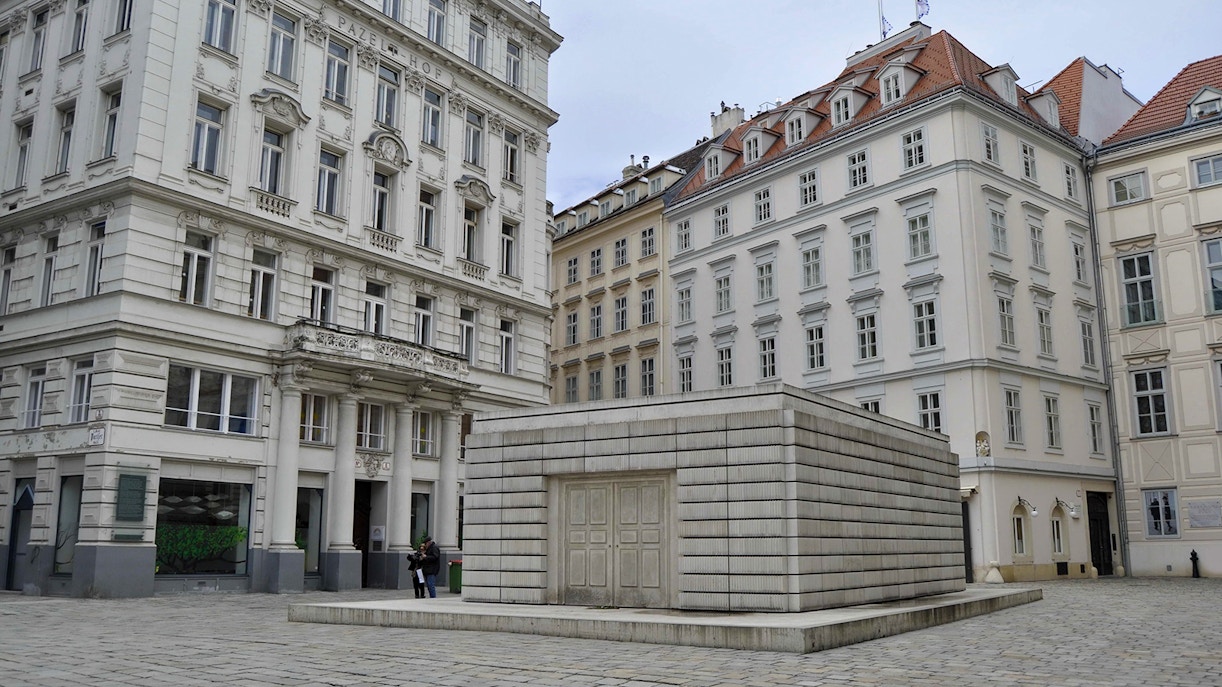The Jewish Museum Vienna is a captivating cultural institution that weaves together the rich tapestry of Jewish history and heritage. Established in 1988, the museum was skillfully crafted within the walls of the Palais Eskeles, an architectural gem of the 18th century. Builders magically transformed this magnificent space into a sanctuary of knowledge, preserving the collective memory of Austrian Jewry. Through engaging exhibitions and thought-provoking displays, the museum shares the stories of individuals whose names resound Jewish history. It stands as a testament to the resilience and contributions of the Jewish community, inviting visitors to explore their remarkable legacy.


